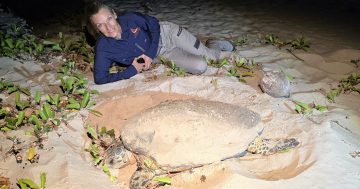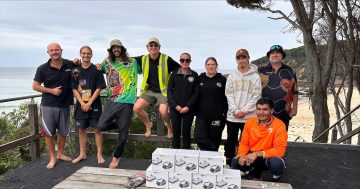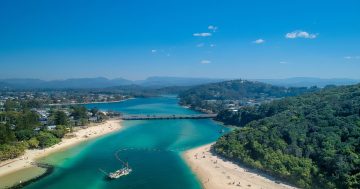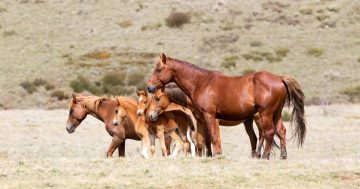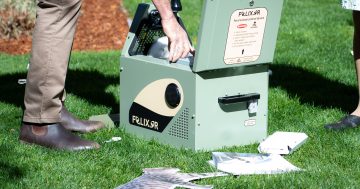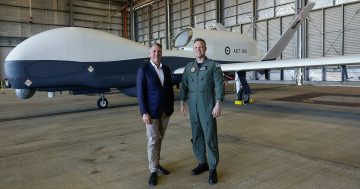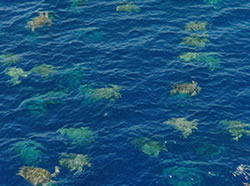 Drone technology is helping researchers count turtles around Raine Island.
Drone technology is helping researchers count turtles around Raine Island.
The island is the world’s largest green turtle rookery and vision captured by drones as part of the Raine Island Recovery Project showed up to 64,000 green turtles around the island waiting to come ashore and lay clutches of eggs.
Scientist at the Department of Environment and Science (DES), Andrew Dunstan said researchers had been investigating different ways of conducting turtle population surveys.
“New scientific research found that drones, or Unmanned Aerial Vehicles, were the most efficient survey method,” Dr Dunstan said.
“Underwater video using a Go-Pro may also be a useful alternative for in-water surveys of turtles.”
He said previous population survey methods involved painting a white stripe down the green turtles’ shell when they were nesting on the beach. The paint was non-toxic and washed off in a couple of days.
“From a small boat, we then counted painted and non-painted turtles, but eyes are attracted much more to a turtle with a bright white stripe than an unpainted turtle, resulting in biased counts and reduced accuracy,” Dr Dunstan said.
“Trying to accurately count thousands of painted and unpainted turtles from a small boat in rough weather was difficult,” he said.
“Using a drone is easier, safer, much more accurate, and the data can be immediately and permanently stored.”
He said the drone vision was analysed, frame-by-frame in the laboratory, reducing observer error and allowing accurate counts on painted and unpainted turtles.
“The ratio of unpainted and painted turtles allowed us to estimate the total population for last December to be 64,000 green turtles waiting to nest on the island,” Dr Dunstan said.
Research partner, Richard Fitzpatrick agreed vessel-based counts were inaccurate.
“When we compared drone counts to observer counts we found that we had under-estimated the numbers in the past by a factor 1.73,” Mr Fitzpatrick said.
“By using drones we have adjusted historical data. What previously took a number of researchers a long time can now be done by one drone operator in under an hour.”


